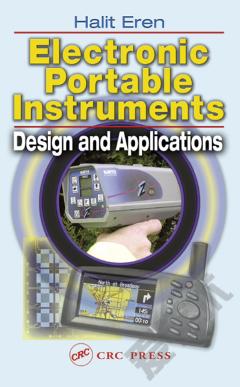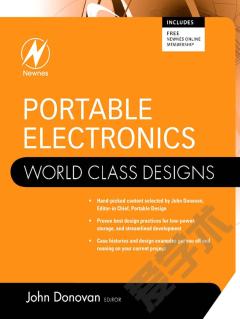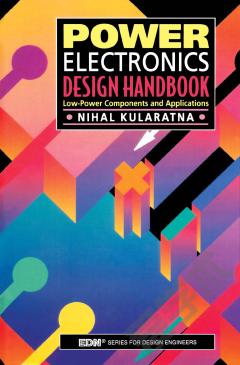Electronic Portable Instruments —— Design and Applications
----- 便携式电子仪器
MEASUREMENTS, INSTRUMENTATION, AND ELECTRONIC PORTABLE INSTRUMENTS Fundamentals of Measurements Units and Standards General Concepts on Instruments Introduction to Portable Instruments Response and Drift Errors and Uncertainty Calibration and Testing of Instruments Controlling and Networking of Instruments Signals and Signal Conditioning Noise and Interference SENSORS, TRANSDUCERS, AND ELECTRONIC INSTRUMENTS Introduction Voltage and Current Sensors Magnetic Sensors Capacitive and Charge Sensors Semiconductor and Intelligent Sensors Acoustic Sensors Temperature and Heat Sensors Light Sensors Radiation Sensors Chemical Sensors Gas Sensors Biomedical and Biological Sensors Environmental Sensors Pollution Sensors Distance and Rotation Sensors Navigational Sensors Mechanical Variables Sensors DIGITAL ASPECTS: HARDWARE, SOFTWARE, AND ELECTRONIC PORTABLE INSTRUMENTS Introduction Microprocessors, Microcontrollers, and Computers Signal Conversion Digital Signal Processing Instrument Communication and Telemetry IEEE-1451 Standards for Sensors and Actuators: Smart Transducer Interface Virtual Instruments and Portable Instruments DESIGN AND CONSTRUCTION OF ELECTRONIC PORTABLE INSTRUMENTS Introduction Design Considerations Power Supplies and Energy Sources Passive Circuit Components Active Components and Circuit Design Digital Aspects, Communication, and Networks Operator Interface Construction and Assembly Software Aspects EXAMPLES AND APPLICATIONS OF PORTABLE INSTRUMENTS Introduction Laboratory Instruments Environmental Instruments Chemical Instruments Biomedical Instruments Mechanical, Sound, and Vibration Instruments Radiation, Light, and Temperature Instruments GPS and Telemetry-Based Instruments Computer-Based and Intelligent Instruments Domestic, Personal, Hobby, and Leisure Portable Instruments CONCLUSIONS AND FUTURE DIRECTIONS BIBLIOGRAPHY INDEX
{{comment.content}}








 京公网安备 11010802027623号
京公网安备 11010802027623号